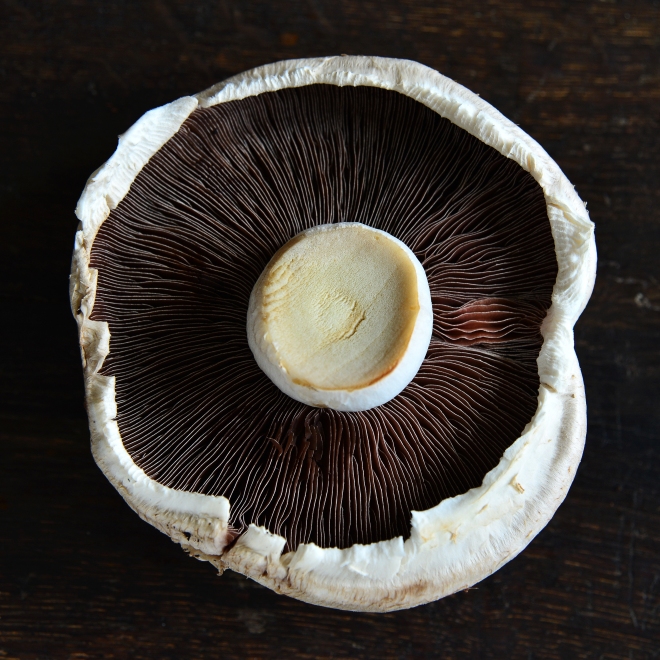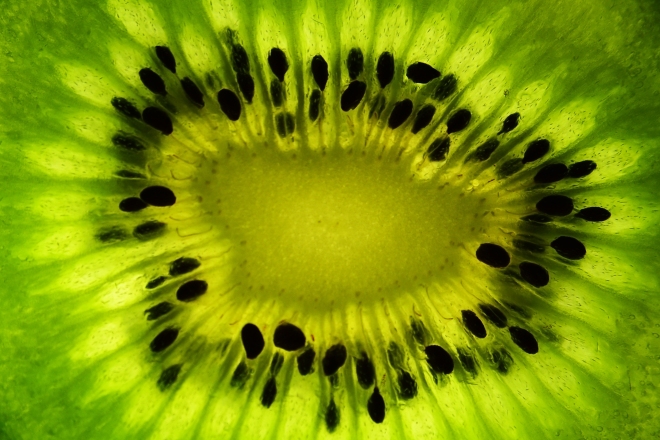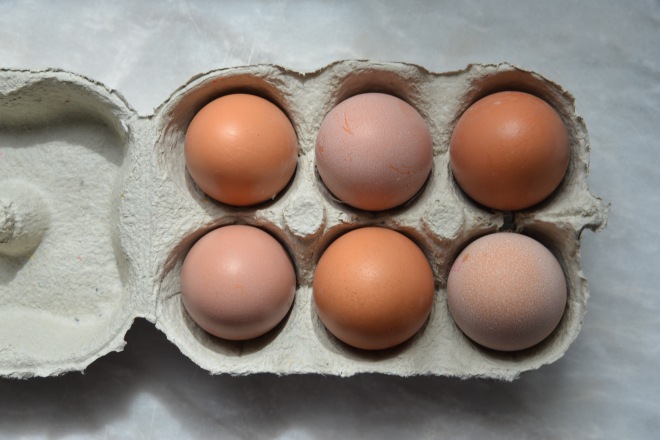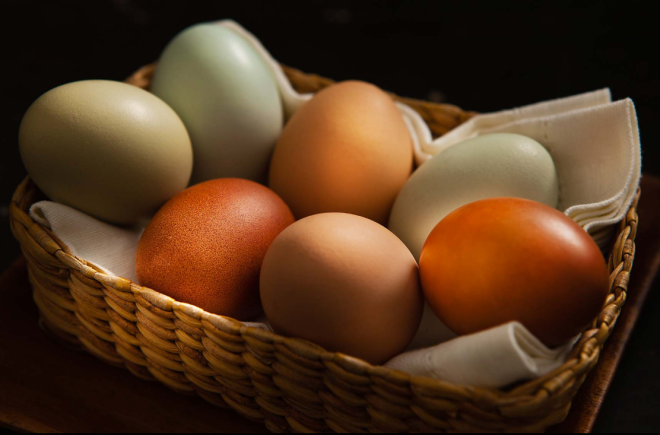After looking at David Griffen‘s egg photography I decided to recreate something similar in the studio at work. I purchased an array of different eggs and found a black chalkboard backdrop. I used the Nikon D600, a tripod to shoot top down, a flash lamp, initially with a soft box but later moved onto a kicker with a nozzle creating a spotlight. I connected the camera to the Nikon software on the computer allowing me to look at the shots on screen.
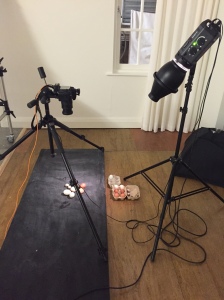
Below are some initial test shots, the first two using a soft box that was too strong even with the flash turned down. It was also creating less of a spotlight style glow and just fully lighting the scene. The ISO was 160 and the shutterspeed 1/125 which is a go to speed when using the flash gun. I varied the aperture, initially f8 but soon realised I needed to up to around f14-22 to get a shot with everything in focus. I took around 78 shots in total but have just picked out a few to show my progression and test shots. I started to become happy with the shot by the time I got to the bottom right shot. I used a fill board here to light the side of the eggs, but the lighting here is still a little too bright, it doesn’t feel moody enough.
I ditched the fill board and managed to get a shot that still had enough shade around the egg but wasn’t too dark. I’m really happy with the below shot, I like the spotlight effect catching the composition but taking it to darkness around the edges. I took the NEF files into Photoshop RAW to enhance certain hi lights and increase the exposure slightly, although had to be careful as it could bring the background too light and make the image look flat. I also retouched the date stamps off the eggs.

Once I knew I had a final shot I was happy with I thought I’d mix up the eggs a little bit and add some duck eggs to break up the colours. I was limited with time as I was using the studio on my lunch at work so started to play around with a totally new composition. However, the flash lamp started playing up and I ended up shooting at 1/60 and 1/20 of a second even though the flash was going off, 1/125 was just going all black. If I had more time I would have got a colleague to help me figure it out, but at that time I just worked with what I could. I abandoned the new composition, which was really nice and if I was to do it again would pursue this, but I went back to the same composition I had above, which still works really nicely with the different colour eggs.
I took the NEF file into camera RAW and enhanced the exposure, hi lights and whites as the shots were really dark after having issues with the flash gun. Again, I’m really happy with the below shot, I think the dark background really helps make the eggs pop.

In hindsight I would have probably increased the ISO for all the shots as I was shooting with high f numbers to get a wide depth of field, keeping the shutter the same (ish) with the flash gun. I just had in my head that ISO 100 would be needed for optimum sharpness, but the Nikon D600 would have allowed me to push he ISO was above this and still get a really good shot but have more sensitivity. I forgot about the exposure triangle because I was so aware of time. However, now knowing that you can rescue sots in Lightroom and RAW I knew that I would have something to work with.













































